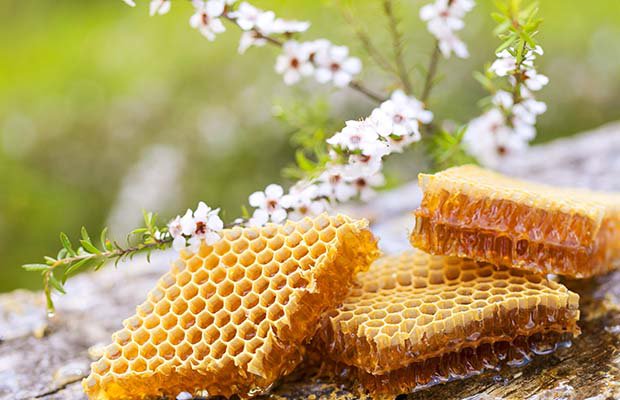Comvita, one of the country’s largest honey producers, has already informed investors this season has been a successful one, largely thanks to more favourable conditions in December and January.
However, severe weather in early January hit Northland and Waikato hard at a critical flowering period, pushing yields down towards a more average season.
Comvita chief executive Scott Coulter told investors if the above-normal temperatures remain for the rest of this summer, Wairarapa, Whanganui, East Coast and Hawke’s Bay are expected to have an above average season.
Apiculture New Zealand chief executive Karin Kos said the season has been particularly patchy for honey producers.
“Some areas like parts of Otago and the West Coast have had a fantastic season while Northland and Waikato have not been nearly as great as they had hoped early on.
“It has proven to be a very interesting season, almost one of two halves, but certainly better than a year ago.”
Last season’s production was down by as much as 40% in some areas because of cool, windy conditions that prevailed through the entire honey harvest.
She was optimistic that if warmer, drier weather returned to places hit hard by wet conditions the season might have a useful tail end to it.
“But we will only really know that when we get the MPI situation update in March.”
The manuka honey industry is still coming to grips with the new MPI standards that became official on February 5 after three years of development.
Those standards have also been subject to significant industry push back, forcing MPI to revise them at the 11th hour to lower the limit of a chemical marker for manuka in multifloral honey.
Kos said it is still too soon to say if the standards will ease some of the uncertainty producers had felt but it was at least a “line in the sand” to give the industry guidance for this season.
A major upper North Island processor told Farmers Weekly the market had been left hanging by Chinese buyers before Christmas, largely because of their reluctance to buy honey before the standards were released.
She said the new standards would go a long way to helping remove the blending of manuka with non-manuka honey.
Clover honey is reported to be down to as low at $10 a kilogram this season and she said that might be attributable to processors having bought extra last year to add to manuka mixes, effectively boosting clover’s value. However that was no longer possible.
UMF Honey Association spokesman John Rawcliffe confirmed demand remained strong for NZ manuka in the new year and Chinese demand was as strong as last year.
The manuka industry has accepted the changes made by MPI to accommodate the multifloral manuka honey in its standards but he hopes there will be procedures to allow for scientific advances in the understanding of manuka chemistry.










